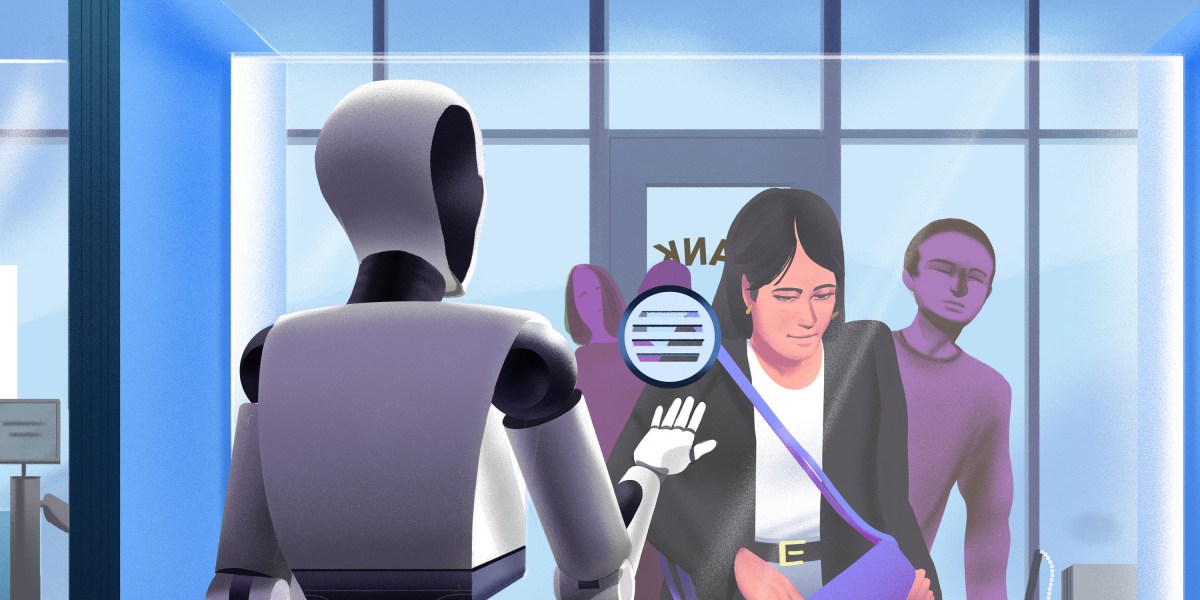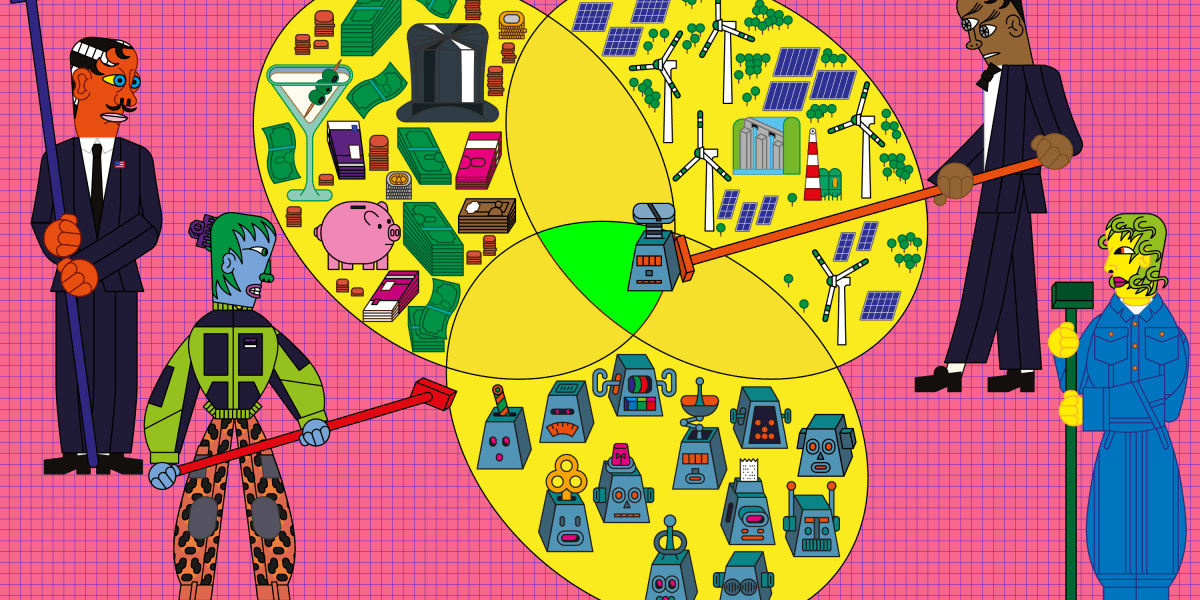This discrepancy between the relative ease of teaching a machine abstract thinking and the difficulty of teaching it basic sensory, social, and motor skills is what’s known as Moravec’s paradox. Named after an observation the roboticist Hans Moravec made back in the late 1980s, the paradox states that what’s hard for humans (math, logic, scientific reasoning) is easy for machines, and what’s hard for machines (tying shoelaces, reading emotions, having a conversation) is easy for humans.
In her latest book, Robots and the People Who Love Them: Holding On to Our Humanity in an Age of Social Robots, science writer Eve Herold argues that thanks to new approaches in machine learning and continued advances in AI, we’re finally starting to unravel this paradox. As a result, a new era of personal and social robots is about to unfold, she says—one that will force us to reimagine the nature of everything from friendship and love to work, health care, and home life.
Eve Herold
ST. MARTIN’S PRESS, 2024
To give readers a sense of what this brave new world of social robots will look like, Herold points us toward Pepper, a doe-eyed humanoid robot that’s made by the Japanese company SoftBank. “Robots like Pepper will soon make themselves indispensable because of their unique, highly personalized relationships with us,” Herold writes, before describing with press-release-like zeal how this chest-high companion can effortlessly read our expressions and emotional states and respond appropriately in its own childlike voice.
If Pepper sounds vaguely familiar, it may be because it was relentlessly hyped as the world’s first “emotional robot” in the years following its 2014 introduction. That abruptly stopped in 2021, however, when SoftBank pulled the plug on Pepper production because of lack of demand and—probably not unrelatedly—the $2,000 android’s general incompetence. Books can obviously take a long time to write, and a lot can change while you’re writing them. But it’s hard to reconcile this particular oversight with the fact that Pepper was canned some three years before the book’s publication.
Positioning a defunct product that nobody seems to have liked or bought as part of some vanguard for a new social-robot revolution doesn’t inspire confidence. Herold might respond by pointing out that her book’s focus is less on the robots themselves than on what we humans will bring to the new social relationships we forge with them. Fair enough.
But while she dutifully unpacks our penchant for anthropomorphizing and walks readers through some rudimentary research on deep learning and the uncanny valley, Herold’s conclusions about human nature and psychology often seem either oversimplified or divorced from the evidence she provides. For someone who says that “the only way to write about the future is with a high degree of humility,” there are also an unusually large number of deeply questionable assertions (“So far, the trust we’ve placed in algorithms has been, on balance, well placed …”) and sweeping predictions (“There’s no doubt some version of a companion robot will be coming soon to homes throughout the industrialized world”).
Early on in the book, Herold reminds readers that “science writing that attempts to envision the future often says much more about the time it was written than it says about the future world.” In this respect, Robots and the People Who Love Them is indeed quite revealing. Among other things, the book reflects the way we tend to reduce discussions of technological impacts into binary terms (“It’ll be amazing”/”It’ll be terrible”); the shrugging acquiescence with which we seem to regard undesirable outcomes; the readiness of science and technology writers to succumb to industry hype; and the disturbing extent to which the logic and values of machines (speed, efficiency) have already been adopted by humans. It’s probably not one of Herold’s intended takeaways, but if the book demonstrates anything, it’s not that robots are becoming more like us; it’s that we’re becoming more like them.

Sarah A. Bell
MIT PRESS, 2024
For a more rigorous look at one of the pillars of human social expression—and, specifically, how we’ve tried to transfer it to machines—Sarah A. Bell’s Vox ex Machina: A Cultural History of Talking Machines offers a compelling and insightful history of voice synthesis during the 20th century. Bell, a writer and professor at Michigan Technological University, is interested in how we try to digitally reproduce different expressions of human embodiment, be it speech, emotions, or visual identities. As she points out early on in the book, understanding this process often means understanding the ways in which engineers (almost universally male ones) have decided to measure and quantify aspects of our bodies.




